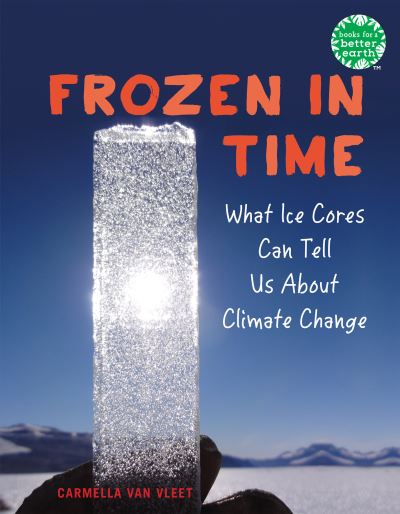
A dazzling introduction to paleoclimatology for kids, connecting the methods that scientists use to study our climate history with future climate change solutions.
Believe it or not, ice isn't always just frozen water.
In fact, most of the ice covering our planet contains thousands of years' worth of information about our atmosphere. This ice is made up of a lot more than snow-it has soot, volcanic ash, gasses, and other substances that affect the climate. And if we drill a piece of that ice? We get a frozen time capsule, courtesy of Earth.
In this exhilarating middle grade nonfiction book by a former educator, kids are immersed in the field of paleoclimatology. Readers go along on an ice core expedition, run through each step in the collecting and transporting process, review the fascinating components of an ice core, and explore the specialized labs where scientists examine them.
But these pieces of our planet are more than just cool records. By preserving and studying these frosty collections of climate history, we can learn from previous patterns and better protect our planet in the future. The final chapter focuses on ice as a key tool in the fight against climate change.
With crystal-clear explanations and an engaging, kid friendly tone, the book features 15+ full-color photographs, diagrams, interviews with paleoclimatologists, a glossary of terms, and simple experiments for budding scientists at home. Books for a Better Earth are designed to inspire children to become active, knowledgeable participants in caring for the planet they live on.
A Junior Library Guild Gold Standard Selection
| ISBN: | 9780823460168 |
| Publication date: | 21st January 2025 |
| Author: | Carmella Van Vleet |
| Publisher: | Holiday House an imprint of Candlewick Press |
| Format: | Paperback |
| Pagination: | 112 pages |
| Series: | Books for a Better Earth |
| Genres: |
Children’s / Teenage general interest: Ecosystems Educational: Environmental science Ecological and Environmental Interest - Non Fiction History |